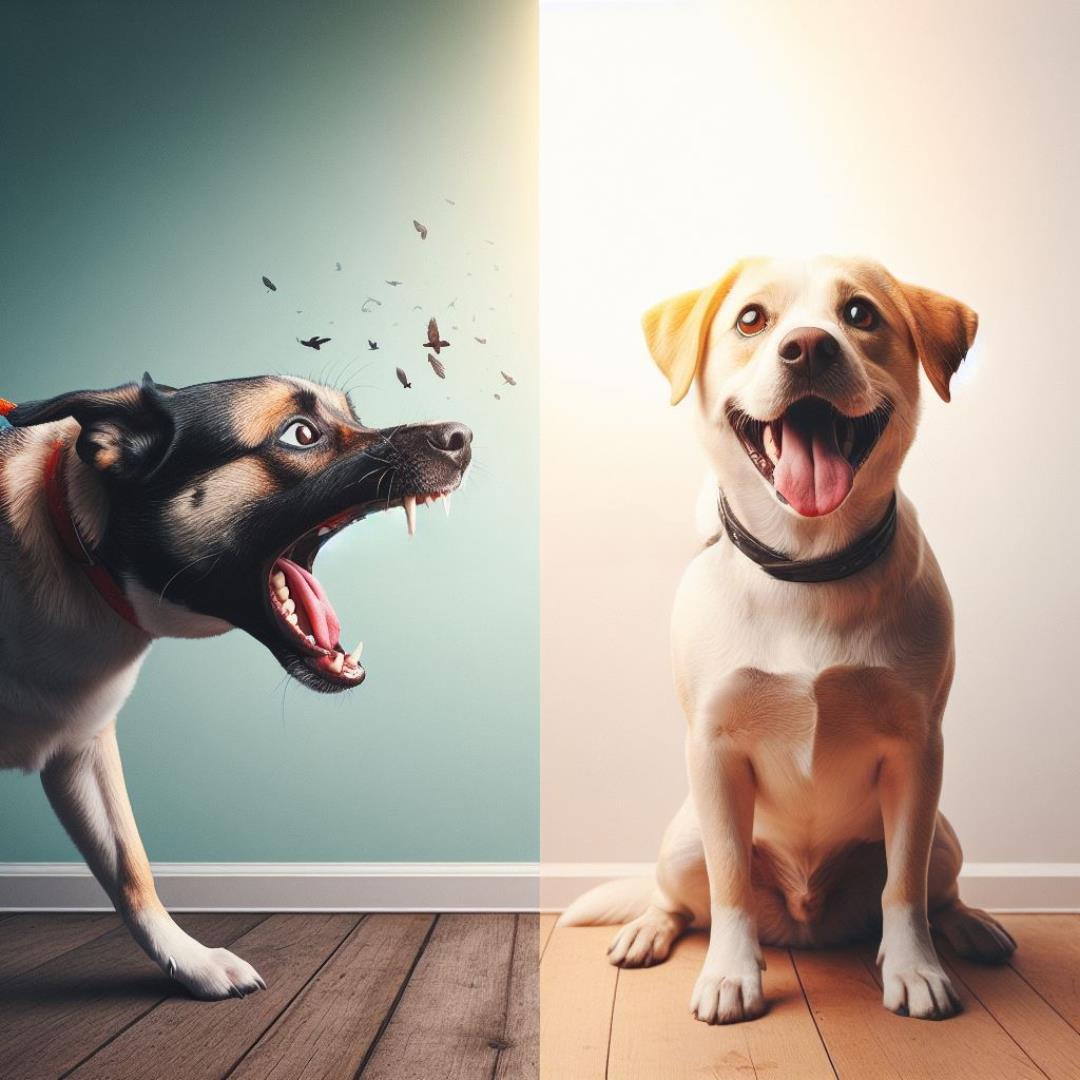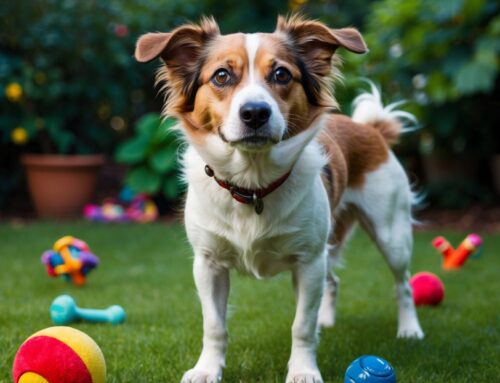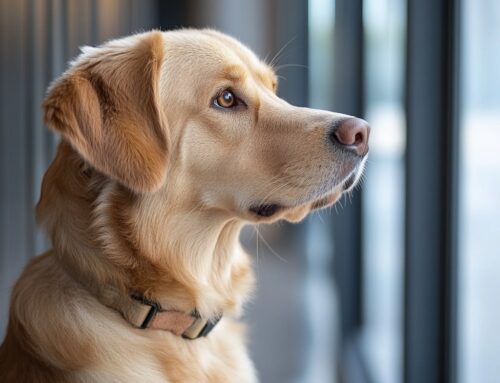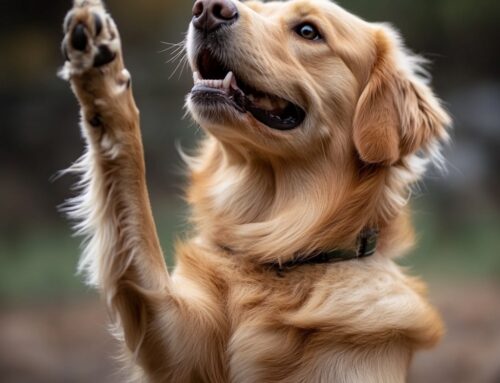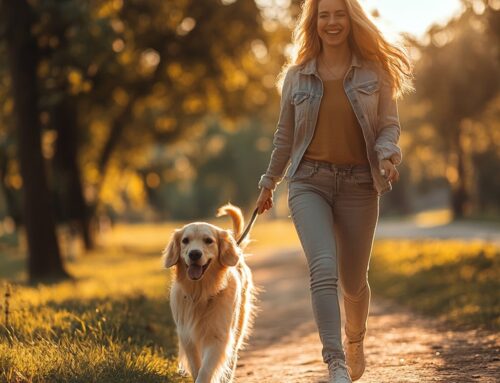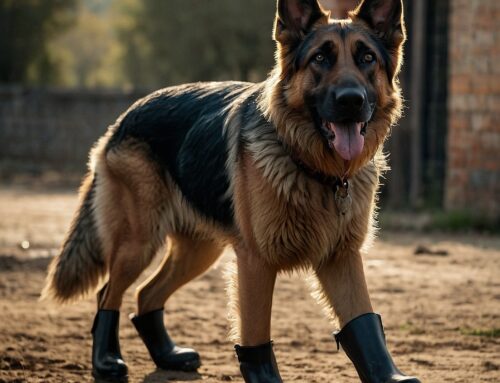A dog’s aggression is a challenging behavior that requires careful attention and a well-thought-out rehabilitation approach. Understanding the root causes and implementing effective techniques is crucial to transforming aggressive dogs into a well-adjusted and balanced companion. Dog aggression can pose significant challenges, and navigating its rehabilitation demands a nuanced understanding and application of effective techniques. As canine companions are integral family members, addressing aggressive behavior becomes paramount to ensure their well-being and the safety of those around them. We will explore the intricacies of handling aggression in dogs, shedding light on five of the most effective techniques for rehabilitation. These training techniques are not only crucial for pet parents grappling with aggressive behavior but also serve as valuable insights for anyone dealing with a dog’s behavior.
The journey to rehabilitate an aggressive dog begins with a holistic approach that extends beyond mere behavioral correction and looking at you’re dog’s personality. It involves getting into the root causes of aggression, considering factors such as fear aggression, anxiety, possessive aggression or past traumatic experiences. Recognizing the warning signs and the nature of aggressive behavior sets the stage for a thoughtful and compassionate rehabilitation process. As we unravel the complexities of canine aggression, we’ll navigate through five techniques that prioritize positive reinforcement, gradual exposure, and tailored strategies to empower your own dog and yourself in the transformative journey towards balanced companionship.
1. Behavior Modification Techniques: Tailoring Solutions for Individual Dogs
When it comes to addressing aggressive behavior in your furry friend, the utilization of Behavior Modification Techniques proves to be a good personalized approach. Seeking the expertise of a professional dog trainer or behaviorist becomes a crucial step in crafting a tailored behavior modification plan. This collaborative effort is invaluable in identifying the specific triggers that incite aggression in an individual dog.
Professional guidance is the cornerstone of this strategy. By partnering with an expert, dog owners can gain insights into the intricacies of their canine companion’s aggression triggers. The collaborative effort aims to create a plan that is uniquely suited to the dog’s temperament, history, and specific triggers.
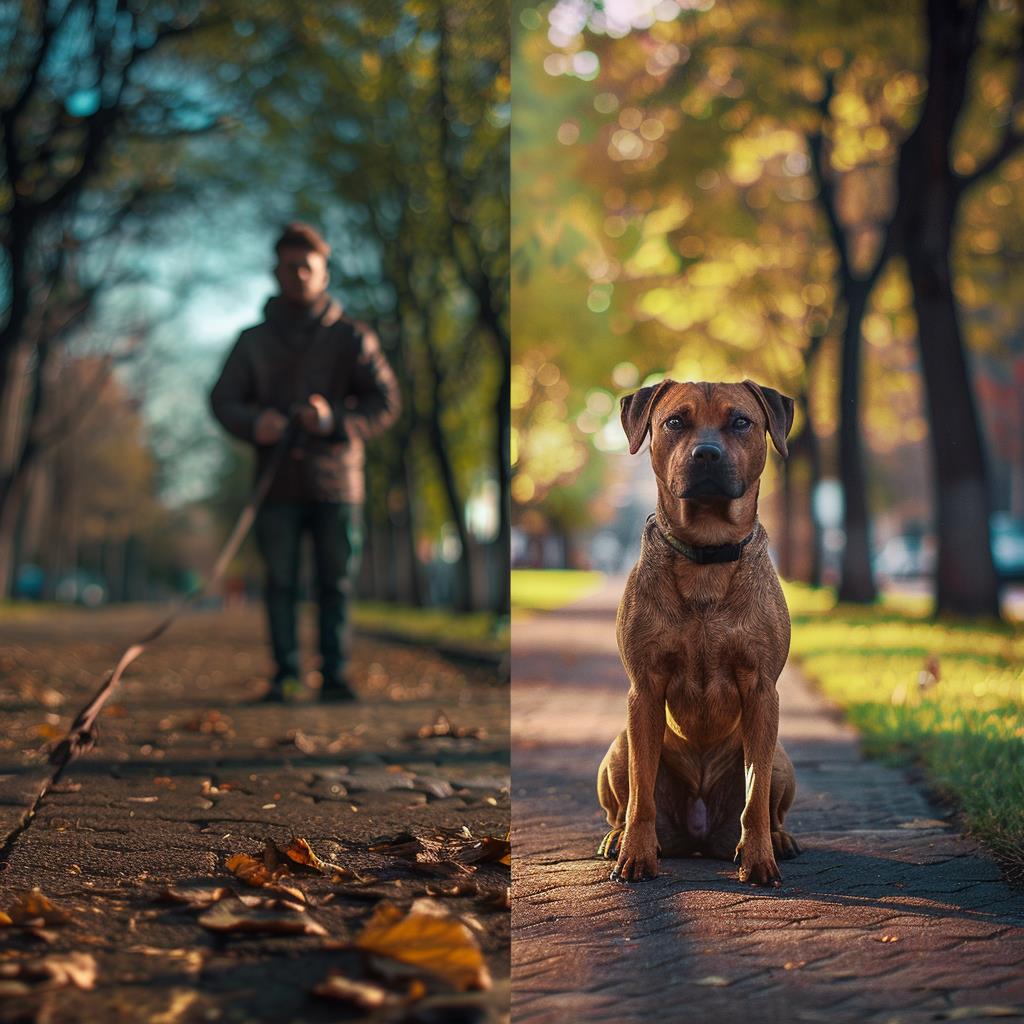
In many cases, aggression is a learned behavior. A comprehensive training approach emphasizes the significance of focusing on obedience under distraction to address and reverse these learned behaviors. The ultimate goal of this protocol is to instill polished obedience in dogs, enabling them to tolerate situations that initially triggered aggression through enhanced impulse control. This refined obedience serves as a guiding mechanism, redirecting dogs away from unwanted behaviors even when exposed to distracting stimuli. Prioritizing the development of strong obedience skills empowers dogs to navigate challenging situations with composure, effectively reshaping learned behaviors and fostering a more balanced and adaptable canine companion.
Consistency and patience are underscored as fundamental components of the behavior modification journey. While progress may unfold gradually, each small step forward is acknowledged as a victory. This acknowledgment reinforces the importance of perseverance, creating a positive atmosphere for both the dog and its owner. The combination of professional guidance, systematic desensitization, and unwavering consistency forms a comprehensive strategy to address and modify aggressive behavior in individual dogs, and also actively cultivates a positive and adaptive mindset in the canine companion.
2. Positive Reinforcement Training: Transforming Behavior with Positivity
Positive reinforcement training emerges as a guiding light, offering a transformative journey towards behavioral change. The fundamental principle underlying this technique involves linking positive actions with rewards, redirecting the dog’s focus away from aggressive tendencies.
To implement positive reinforcement training effectively, the key lies in identifying and encouraging desirable behaviors. Pinpoint specific actions you want to foster, such as moments of calmness or instances of non-aggression. Once identified, immediate rewards become the cornerstone of this method. Reinforce these positive behaviors promptly with treats, praise, or play, establishing positive associations in the dog’s mind.
Consistency becomes a vital component of positive reinforcement training. The correlation between positive actions and rewards must remain unwavering. Through a consistent approach, the dog learns to associate its behaviors with favorable outcomes. Yet, it’s crucial to acknowledge that positive reinforcement is a gradual process, demanding both persistence and patience for sustainable behavioral change.
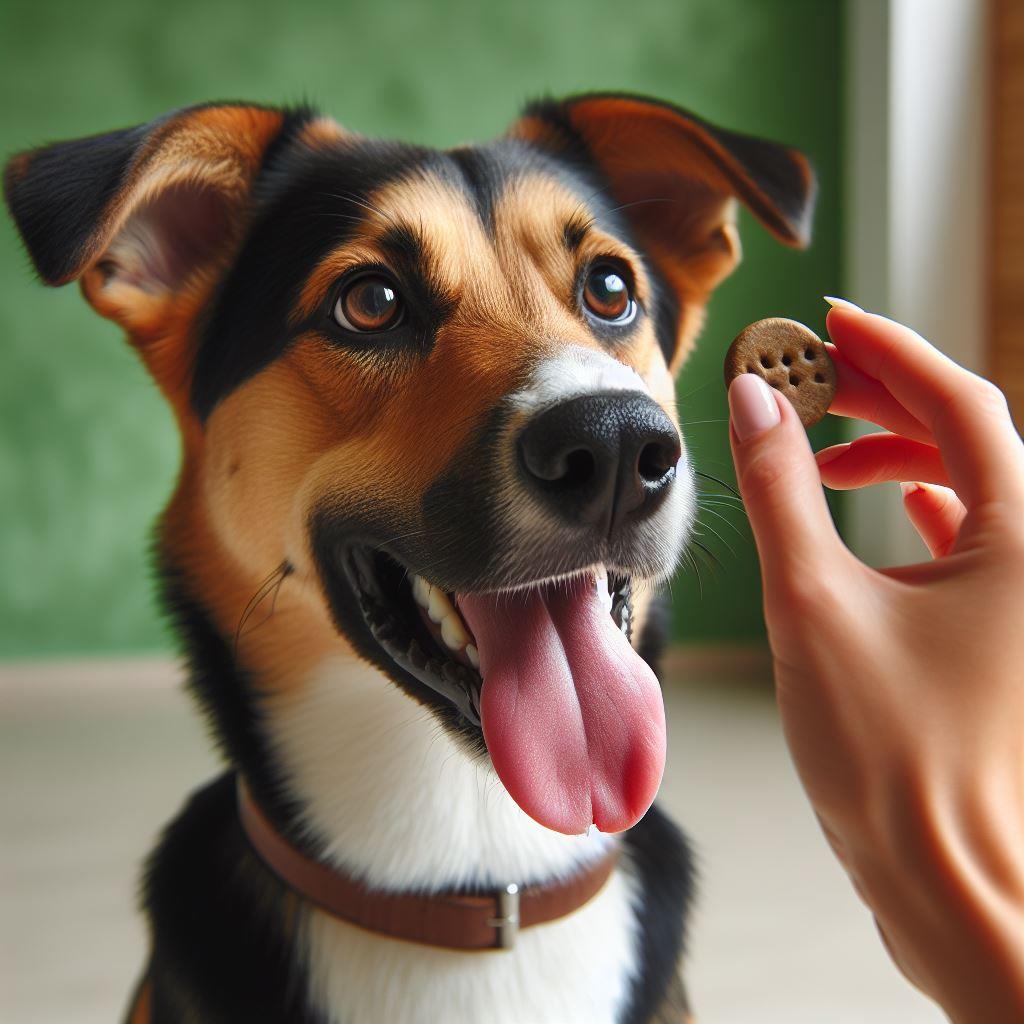
Positive reinforcement training is not only a powerful tool for transforming behavior but also a method that nurtures a strong bond between the dog and its owner. Beyond the immediate goal of redirecting aggressive tendencies, this technique fosters a positive and trusting relationship. By consistently rewarding desirable behaviors, owners become active participants in shaping their dogs’ responses. This collaborative process enhances communication and strengthens the connection, creating an environment where the dog feels secure in expressing non-aggressive behaviors. The positive associations formed during this journey not only reshape behavior but also lay the foundation for a harmonious and joyful companionship between the dog and its owner.
3. Desensitization and Counterconditioning: Rewiring the Canine Mind
Desensitization and counterconditioning, stands out as a dynamic approach to reshape a dog’s emotional response to triggers. The essence of this method lies in gradually exposing the dog to stimuli that typically provoke aggression, with the ultimate goal of creating positive associations and fostering a more controlled and relaxed reaction.
A fundamental aspect of this technique involves identifying the specific triggers that elicit aggression in your dog. Whether it’s the presence of other dogs, encounters with strangers, or exposure to particular environments, recognizing these stimuli is crucial for an effective rehabilitation strategy.
Controlled exposure becomes the next key step in the desensitization and counterconditioning process. The introduction of triggers occurs gradually, in a controlled and positive manner. This controlled exposure is vital to ensuring that the dog associates the trigger with positive experiences, such as receiving treats or engaging in play. The careful orchestration of these encounters helps in reprogramming the dog’s emotional response.
As progress unfolds, gradual progression becomes the focus. The distance between the dog and the trigger is slowly reduced, reinforcing calm behavior. Small victories, marked by the dog’s ability to remain composed in the face of triggers, are celebrated. This gradual approach recognizes and values incremental achievements, instilling confidence in both the dog and its owner throughout the rehabilitation journey.
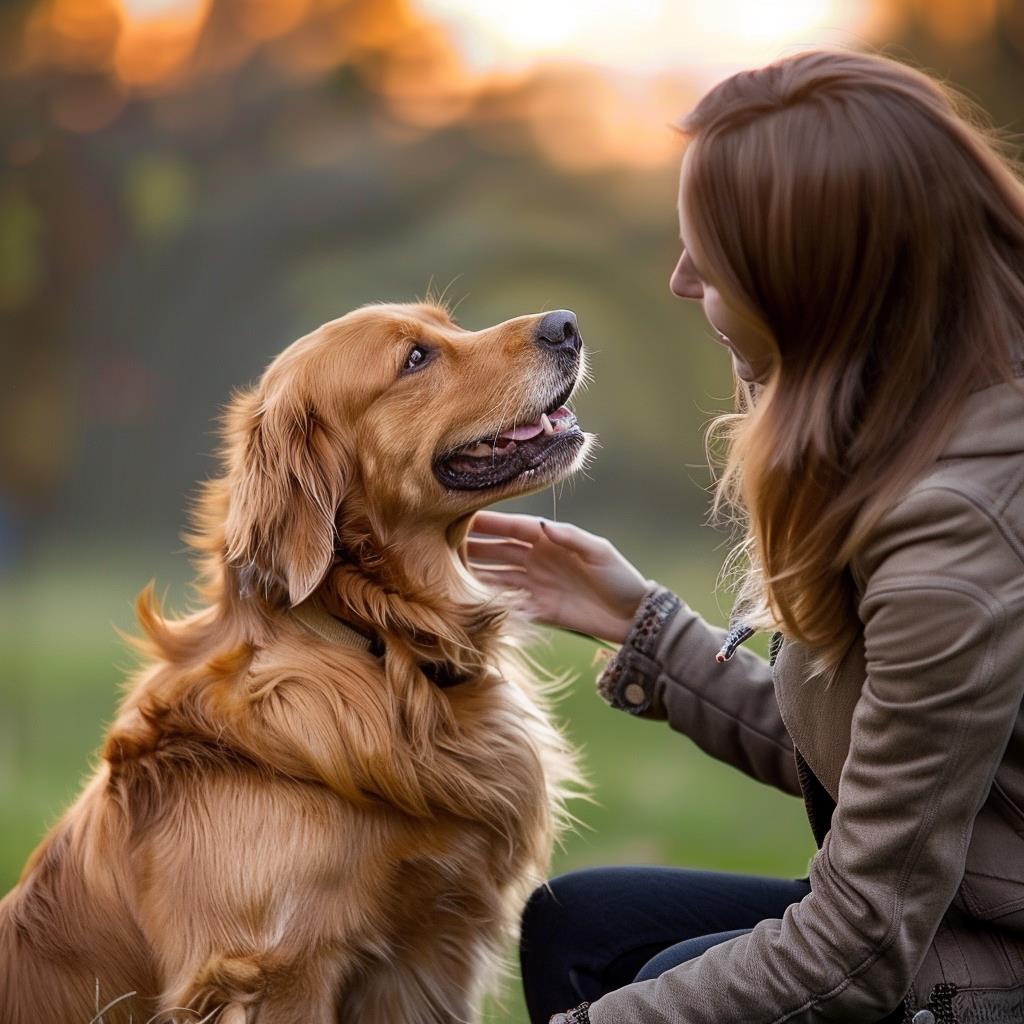
It’s imperative to emphasize the significance of patience in the desensitization and counterconditioning method. Patience serves as the anchor of this approach, acknowledging that each dog progresses at its unique pace. Understanding that building positive associations and reshaping emotional responses is a gradual process reinforces the need for steadfast commitment. Patience not only allows the dog to acclimate to triggers but also fosters an environment where trust between the dog and its owner can flourish. This measured approach, coupled with consistent efforts, contributes to the ultimate goal of fostering a more controlled, relaxed, and positive reaction in the dog, paving the way for successful rehabilitation for your dog’s aggression.
4. Establish Consistent Routines: Providing Stability for Canine Companions
The establishment of consistent routines emerges as a pivotal strategy, fostering stability and predictability for our canine companions. Dogs, by nature, thrive on routine, and a well-structured daily schedule can play a crucial role in reducing stress and anxiety, thereby mitigating potential triggers for aggressive behavior.
At the core of this training technique lies the creation of a structured daily routine. This encompasses setting regular feeding times, dedicated walks, and scheduled play sessions. The predictability embedded in this routine creates a profound sense of security for the dog, offering a stable and reliable environment. Dogs, much like humans, find comfort in knowing what to expect from their daily lives, and a consistent routine contributes significantly to their overall well-being.
Clear communication forms another essential component within the framework of establishing consistent routines. By clearly articulating rules and boundaries, dog owners reinforce a stable and predictable environment. This clarity aids in creating a mutual understanding between the dog and its owner, setting the stage for a harmonious coexistence. Consistency in communication becomes a cornerstone, as it empowers the dog to comprehend expectations, fostering a sense of security and trust.
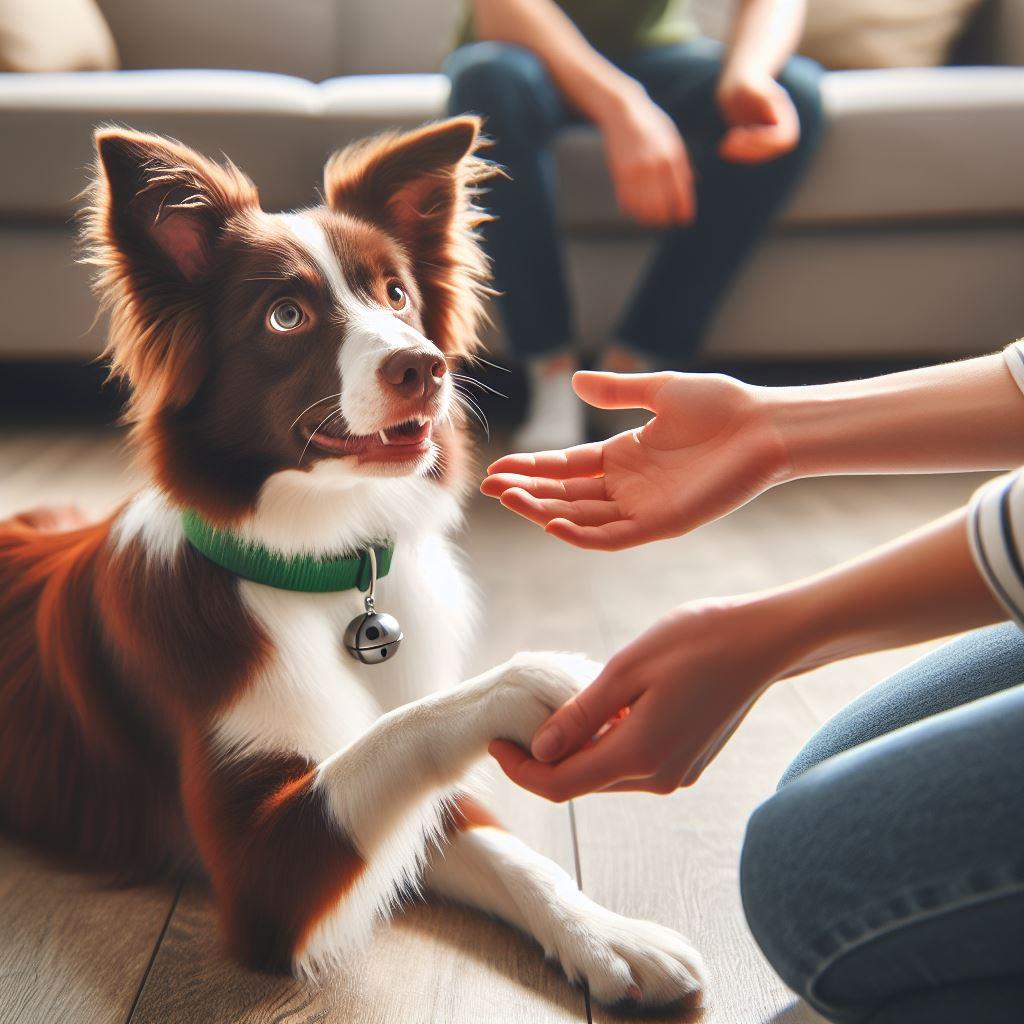
Within the framework of establishing consistent routines for canine companions, the incorporation of mental and physical stimulation becomes a vital aspect. Beyond the structured feeding times, walks, and play sessions, engaging dogs in mentally stimulating activities contributes significantly to their overall well-being. Incorporating puzzle toys, interactive games, and training exercises into the daily routine helps channel their energy positively, reducing the likelihood of boredom and subsequent behavioral issues. This mental engagement not only provides a healthy outlet for excess energy but also enhances the dog’s cognitive abilities, promoting a more well-rounded and satisfied canine companion. By integrating mental stimulation into the daily routine, dog owners contribute to the creation of a good environment that addresses both the physical and mental aspects of their furry friend’s needs.
The practice of establishing consistent routines is more than just a daily schedule; it is an extensive approach to enhancing a dog’s mental and emotional well-being. By providing stability and predictability, dog owners can create an environment that minimizes stressors and contributes to the overall success of aggression mitigation efforts.
5. Controlled Socialization: Gradual Exposure for Positive Interaction
Controlled socialization emerges as a crucial technique, emphasizing gradual exposure to controlled social situations under the guidance of the owner. This method aims to foster positive interactions while minimizing anxiety in the dog.
The initial step involves gradual exposure, where the dog is introduced to controlled social situations. This process begins in calm and familiar environments, allowing the dog to acclimate to the presence of others at a pace that aligns with their comfort level. This careful introduction helps prevent overwhelming the dog, establishing a foundation for positive social experiences.
Leash control becomes an essential aspect during socialization. The leash serves as a tool to maintain control over the dog’s movements, ensuring a safe and controlled environment for the dog, other dogs and those around them. This controlled approach not only prevents potential incidents but also instills a sense of security in the dog, promoting a more positive socialization experience.
Positive reinforcement is woven into the fabric of controlled socialization. Rewarding positive interactions with treats or praise reinforces calm behavior in social situations. By associating positive experiences with social encounters, the dog begins to form positive associations, gradually diminishing any negative connotations previously linked to social interactions. Beyond the structured elements of controlled socialization, it’s essential to recognize the role of patience as a guiding principle in this method. Understanding that socialization is a gradual journey allows for the development of trust and confidence in the dog. Patience enables the owner to gauge the dog’s comfort levels, adjusting the pace of exposure accordingly. This measured approach not only ensures the dog’s emotional well-being but also contributes to the establishment of positive associations with social interactions.
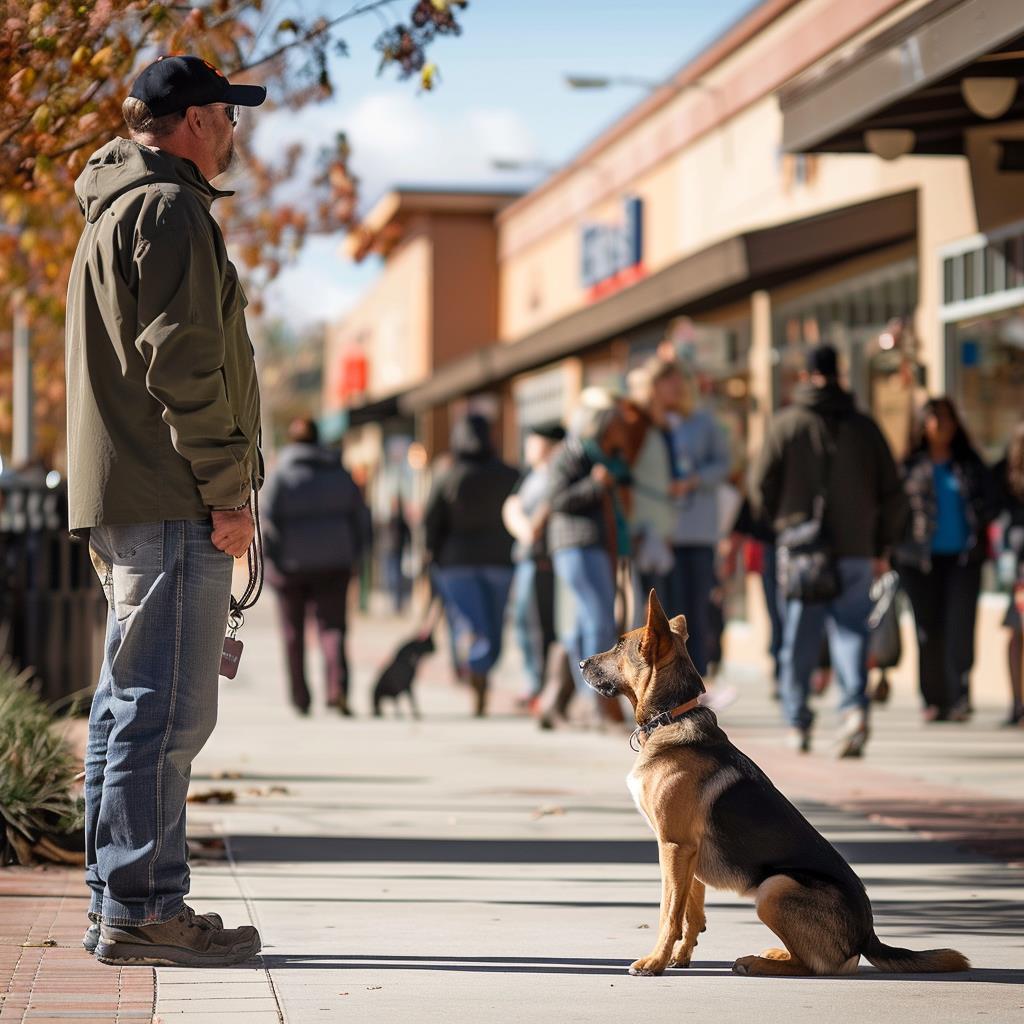
Controlled socialization becomes a compass for navigating the challenging landscape of an aggressive dog’s rehabilitation. Through a carefully orchestrated exposure process, coupled with leash control and positive reinforcement, this technique seeks to transform social interactions into a source of positivity and confidence for both the dog and its owner.
Best Techniques for Aggressive Behavior in Dogs
Rehabilitating an aggressive dog requires empathy, patience, and a commitment to positive reinforcement. While these techniques offer a roadmap for change, it’s crucial to remember that each dog is unique. Seeking professional guidance ensures a tailored approach to address specific triggers and behaviors. By embracing positivity, patience, and consistency, dog owners can embark on a transformative journey, fostering a stronger bond with their once-aggressive but now rehabilitated canine companions.
And for dog owners looking to seek professional guidance in this transformative journey, Performance K9 Training and Boarding stands as a beacon of expertise as professional dog trainers. Their Aggression Rehabilitation program is designed to address the unique needs of each dog, offering tailored solutions under the guidance of skilled trainers and their sought out founder, David Greene whom has helped rehabilitate dogs who were aggressive with other dogs as well as dogs that have been quarantined. This program integrates proven techniques, providing a structured and supportive environment for both the dog and its owner.
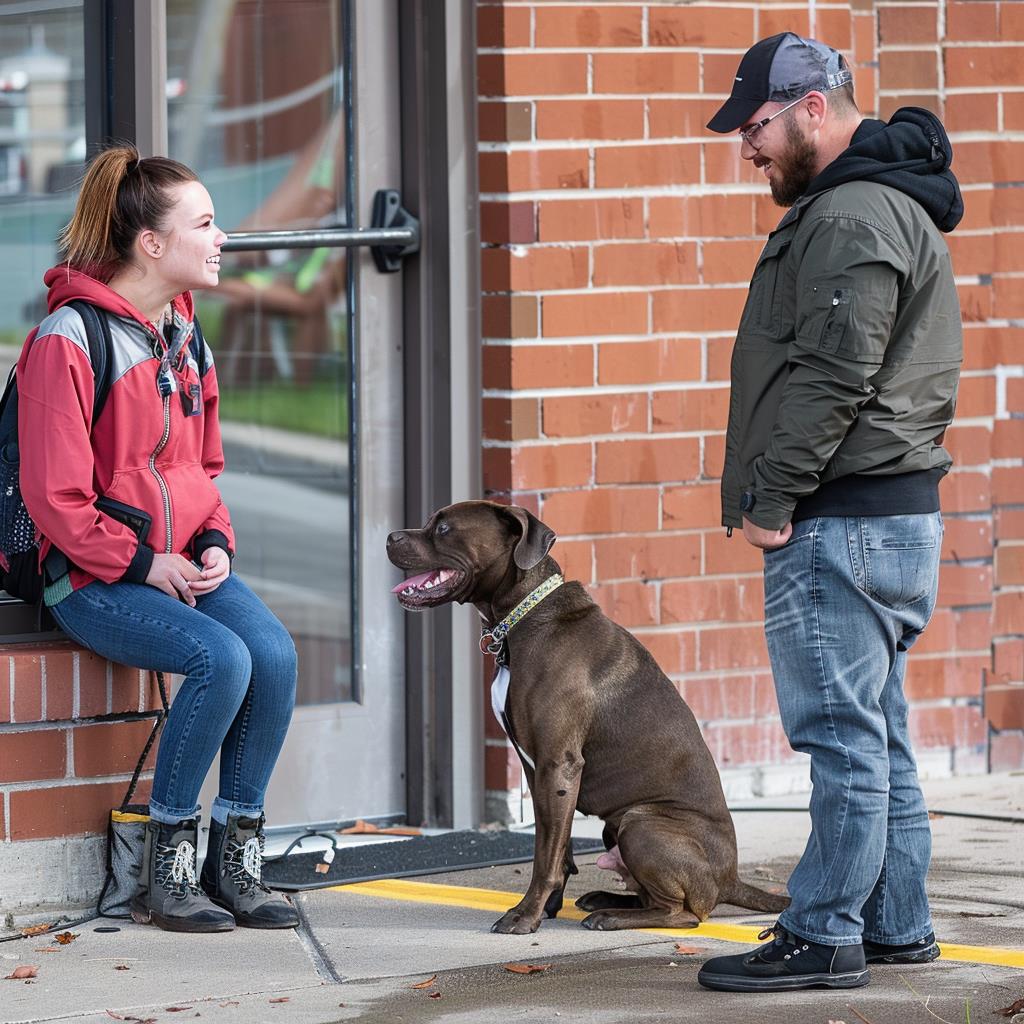
Performance K9 Training and boarding is committed to helping your and your dog. By enrolling in their Aggression Rehabilitation program, dog owners can access a wealth of knowledge and experience, facilitating a harmonious bond with their once-aggressive but now rehabilitated canine companions. Get you free consultation on the journey of transforming aggression into cooperation with Performance K9 Training and Boarding, where expertise meets empathy in the pursuit of a well-balanced and joyous relationship with your four-legged friend.



